Houseplant fashions and trends have existed since plants started to be kept indoors. From the Victorians and their beloved Aspidistra to the post war boom interest in African Violets, all the way to the present day and the ever increasing popularity of the Moth Orchid and ZZ Plant.
Old trends bounce back too, with Monstera and the Snake Plant finding love again with the millennials.
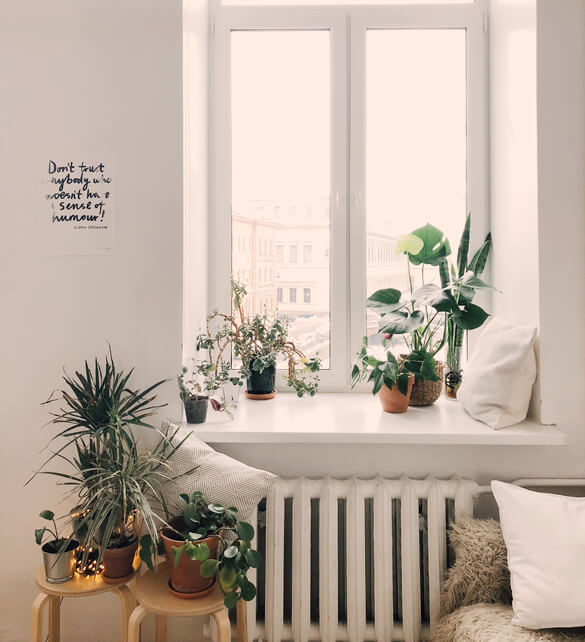
Houseplants growing in a North Facing window. Photo By Daria Shevtsova
One of the more recent and enduring trends is the notion that houseplants are good for your health. Science has spent considerable time demonstrating how they clean and filter the air in our homes and offices. In other words, houseplants are good news for us.
There can be no question that using plants indoors just to make the rooms look good have long past, although that is obviously still important. With modern architecture using plants in the design as a direct component of the building itself, rather than as an afterthought.
Let's explore some of the reasons why this is done and why houseplants are actually great news for us.
It goes without saying that if plants are going to enter our homes they need to have a degree of attractiveness to them, we want something which enhances a room not detracts from it.
Plants not only make rooms look more homely but they can make places more inviting and pleasing to live and work in, ultimately creating a more calming and harmonious environment.
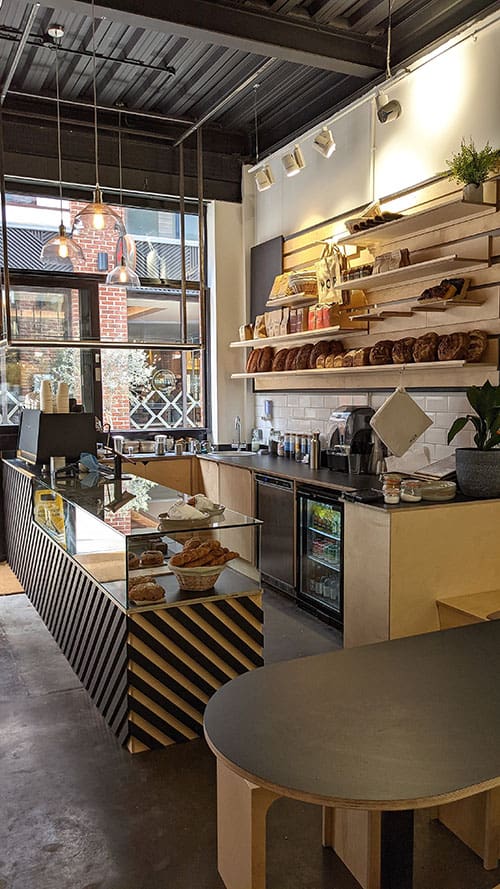
A modern cafe using houseplants on shelves and tables can create a relaxed vibe.
Imagine that you are attending two interviews for two different companies. While being shown around the first office you notice it's basically all gray cubicles, endless numbers all looking the same and uniform. There is no individuality from station to station and no greenery at all.
On the flip side the next interview is for an office which is open plan, desks are filled with people's things including plants, with more plants still flanking key locations in the building which are essential to the design itself.
Assuming you were offered both jobs and all came down to was which working environment you preferred to work in, which job would you pick?

Hi, I'm Tom!
If you're like me and enjoy the challenge of growing houseplants and getting them to thrive, then Ourhouseplants can help. This website shares my knowledge and years of growing plants and provides (hopefully) helpful advice on properly caring for your indoor plant friends.
Since the energy issues in the 1970's, new buildings across the world have increasingly been subject to tighter regulation in regards to maximizing energy efficiency, in order to try and reduce energy costs and more recently, environmental impact concerns.
Buildings are expected to be more eco friendly and cost effective than ever before because by doing so they're ultimately cheaper to run which is good news for households as well as businesses.
However this can come at a cost to human well being because the rooms in which we live and work are also more tightly sealed than ever before. This results in a greater exposure to the chemicals emitted from the various materials around.

Shuttles are tightly sealed environments, so NASA wanted to see if houseplants could help keep the air inside healthy. Photo By NASA
In the 1980's a common trend started to appear in new buildings which had been built with energy efficiency in mind across Europe, the United States and Canada. The trend involved a number of symptoms seen in people working in these buildings such as allergies, asthma, headaches and loss of concentration.
The phenomenon was quickly linked to poor indoor air quality and became known as Sick Building Syndrome (SBS). Ever since, health officials have been concerned about indoor air pollution because of the chronic health risk and the financial cost to society as a result.
It was around this time, quite by coincidence, that NASA began conducting experiments with houseplants to try and find ways to remove toxins and pollution that were also commonly found in buildings where people were suffering from SBS.
NASA were looking for ways to solve problems occurring in spacecrafts and in the future potential biospheres on other plants and the moon, both of which would involve people in tightly sealed environments.
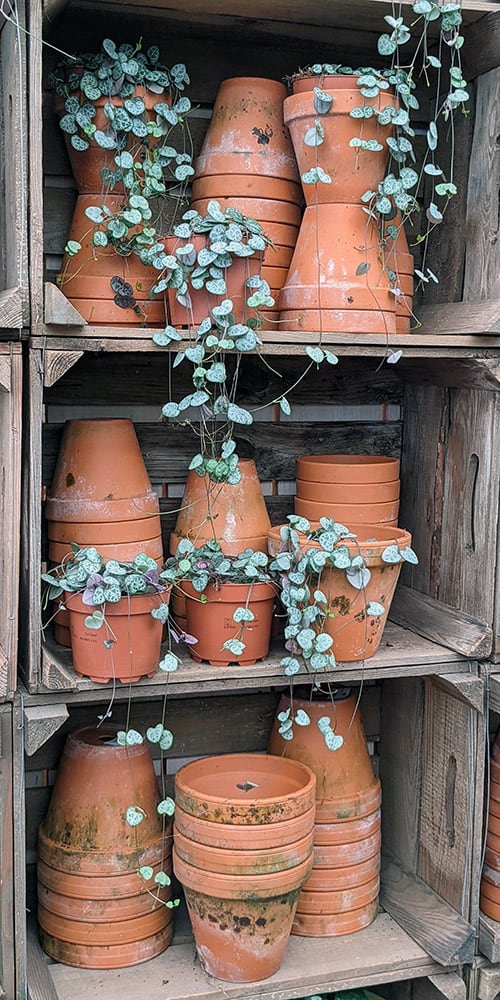
Dr Wolverton was a scientist involved with the later NASA research which concluded that certain houseplants had the ability to effectively filter and remove the pollution which resulted in a significant increase to indoor air quality. Wolverton then published a list of 50 house plants that clean the air and a complimentary best selling book.
In the late 80's and early 90's, Dr Wolverton and NASA were able to demonstrate scientifically that houseplants could filter and clean the air of various emissions which are harmful to humans.
Later research by Wolverton and the Plants for Clean Air Council (PCAC) showed that houseplants could also filter out certain waste products produced by humans when they breathe which are known as Bioefflurents.
Plant filled rooms also had 50 to 60 percent less airborne mold spores and bacteria compared to rooms empty of all plants.
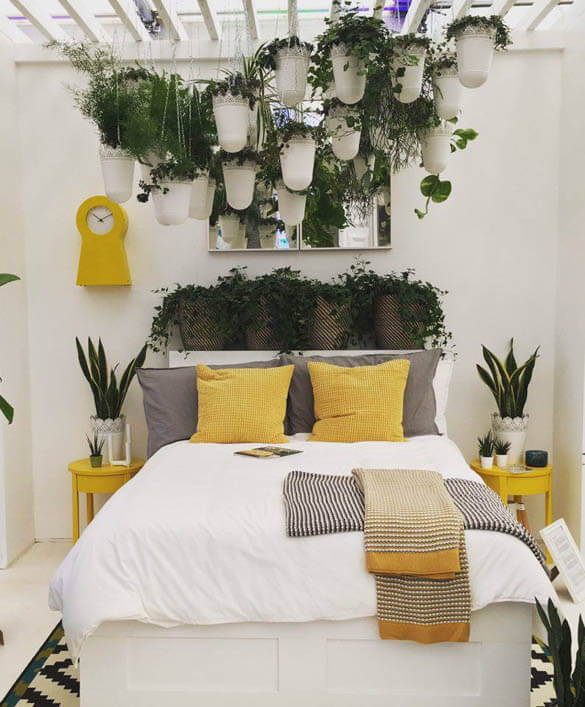
This happens because they release phytochemicals which are believed to likely be a natural repellent used to protect themselves from predators and infection. Therefore by having plants around they're also protecting us from the mold spores and certain bacteria which they're fending off.
Finally Wolverton and the PCAC demonstrated that plants increased humidity in rooms through their normal breathing or transpiration process, especially in rooms where the humidity was very low to start with.
For some people they find dry air in Winter irritates various membranes in the nose and throat which increases the allergies, or general susceptibility to colds and viruses. Houseplants could therefore also be seen as organic antibacterial and living humidifiers.
Culturally plants make us feel relaxed and can have a strong spiritual link to those around us.
You might think that is strange thing to say, but when you consider deeply what it means to be "spiritual" you may think of various life events such as weddings and funerals. Both of which heavily involve plants, sometimes it's the flowers they produce and other times it's the actual plant themselves. For example in Poland the Pot Mum (Chrysanthemum) is commonly planted in graveyards.
Growing and looking after plants can release and alleviate everyday stress, ask any gardener. In fact the UK Magazine Gardeners World did just that and in June 2013 they presented their findings of a nationwide study.
It concluded that 80% of gardeners declared themselves "satisfied with life" compared to 67% of non-gardeners and found gardeners were more positive mentally. Other studies have found that cultivating plants as a hobby is one of the best ways to improve mental as well as physical well being at any age.
Houseplants can also create a calming environment, both from the air cleaning abilities and the sense of wellbeing they give to their owners. Some people swear that having them in the bedroom improves their quality of sleep.
In the United Kingdom alone, each year it's population collectively spends over £2bn ($2.6bn) on indoor plants and cut flowers. Europeans spend €36bn ($42bn) and throughout America, millennials are believed to account for one-third of all houseplant sales.
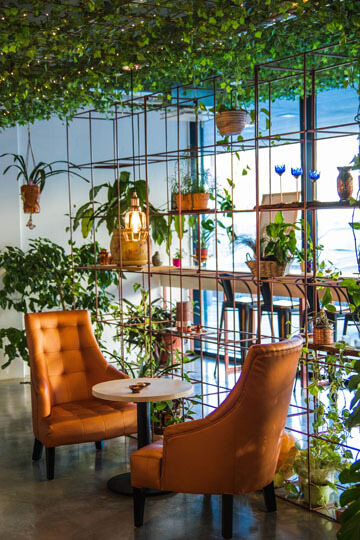
Houseplants in a hotel lobby as part of its design - Photo by Valeria Boltneva
Big money is spent by top hotels and restaurants throughout the world and some of the most striking and memorable buildings feature plants in some way. The most effective offices both in terms of productivity and reduced absenteeism all have plants as part of the building design and this is proven in study after study.
For all the reasons listed in this article, we can with confidence say that houseplants are good for you. Whether you work in an office, or when you spend time at home, you can benefit from having houseplants in your personal space. By improving and maintaining your physical health and enhancing your mental well-being.
If we've reaffirmed your belief in the power of plants, or perhaps convinced you, let us know in the comments below. Even if you still don't agree with us, tell us why!